Under communist rule in Romania, citizens faced a stark reality – their lives were dictated by an oppressive regime that demanded unwavering loyalty. Dissent was swiftly crushed through pervasive surveillance and informant networks, cultivating a climate of fear and mistrust. Yet, amidst the conformity, Romanians sought solace in the resilience of personal expression, finding ways to navigate the challenges of daily life. The architectural relics of this era stand as a testament to the regime’s megalomania, while the echoes of the 1989 revolution reverberate, leaving a complex legacy for the country to grapple with.
Key Points
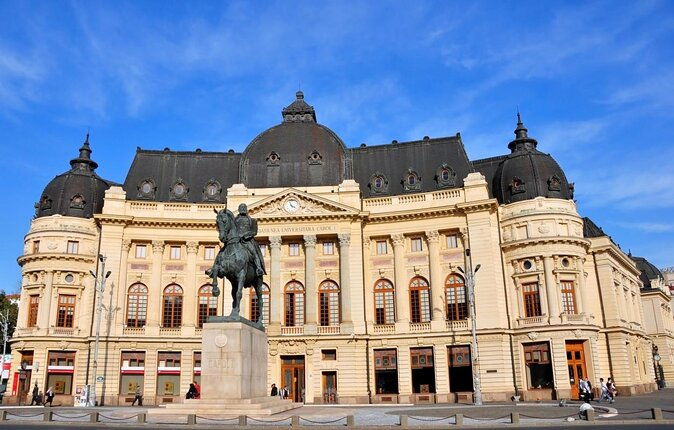
- Romanian citizens endured extensive surveillance, mistrust, and cultural conformity under the repressive communist regime led by Nicolae Ceausescu.
- Arbitrary arrests, media censorship, and the suppression of free expression were tactics used to stifle dissent and maintain tight control over the population.
- The communist government’s economic policies resulted in stagnation and austerity, causing disruptions to daily life and hardship for the Romanian people.
- Ceausescu’s megalomania was reflected in the construction of grand architectural projects, such as the Palace of the Parliament, which showcased the regime’s totalitarian ambitions.
- The 1989 Romanian Revolution marked the end of communist rule and the transition to democracy, as citizens protested against the brutality and oppression of the Ceausescu regime.
Romania’s Communist Transformation
Although Romania had a long history of monarchical rule, the country underwent a dramatic transformation when the Communist Party seized power in the aftermath of World War II.
The new regime quickly consolidated its control, suppressing dissent and restructuring the economy along socialist lines.
Ceausescu’s rise to power in the 1960s ushered in an era of cult of personality, rigid ideology, and authoritarian rule.
The regime’s urban development projects and austerity measures profoundly impacted daily life, leading to shortages, rationing, and a pervasive sense of surveillance.
Romanians’ experiences under Communism left a lasting imprint, shaping the country’s post-1989 transition.
Looking for more options in Bucharest? We've reviewed plenty of other experiences.
The Rise of Nicolae Ceausescu
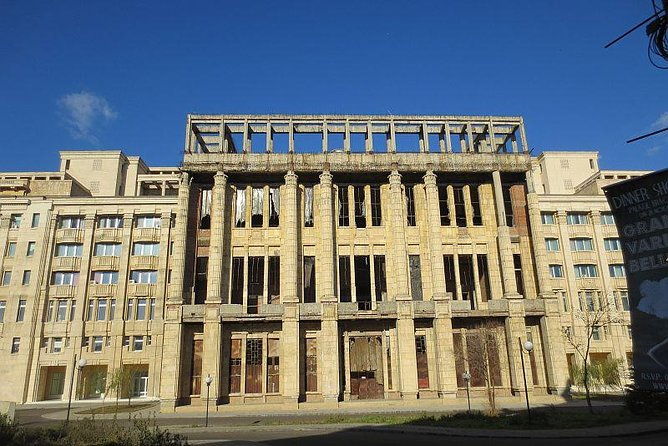
Nicolae Ceausescu’s rise to power in the 1960s marked a pivotal moment in Romania’s transition to authoritarian Communist rule.
As the leader of the Romanian Communist Party, Ceausescu gradually consolidated his grip on power, purging rivals and dissenters. He transformed Romania into a cult of personality, controlling the media and eliminating political opposition.
Ceausescu’s policies led to economic stagnation and severe austerity measures that impoverished the population. His megalomania manifested in grandiose architectural projects and the forced relocation of entire villages.
The Ceausescu regime’s brutality culminated in the violent suppression of the 1989 anti-Communist uprising, leading to the dictator’s downfall and execution.
Controlling Dissent and Conformity
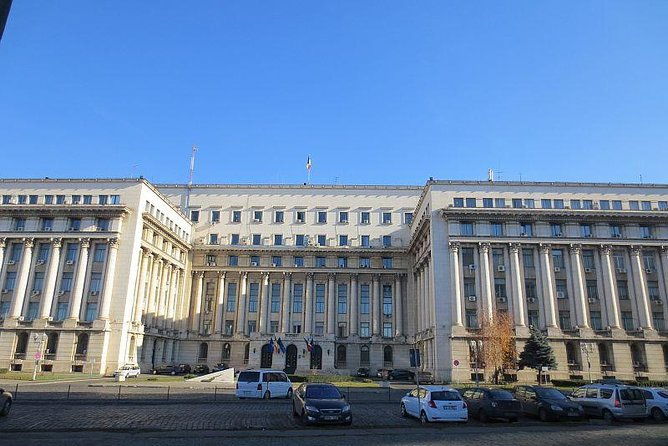
The Ceausescu regime’s consolidation of power manifested in its relentless efforts to control dissent and enforce conformity across Romanian society. Ubiquitous surveillance networks, informant systems, and harsh punishments for perceived political transgressions created an atmosphere of fear and compliance. The table below outlines key tactics employed by the regime to maintain its authoritarian grip:
| Tactic | Description | Impact |
|---|---|---|
| Surveillance | Widespread monitoring of citizens | Stifle free expression, suppress opposition |
| Informant Networks | Extensive system of citizen informants | Cultivate climate of mistrust, target dissenters |
| Arbitrary Arrests | Detention without due process | Instill terror, discourage challenges to power |
| Media Censorship | Strict control over information | Limit access to alternative viewpoints |
| Cultural Conformity | Enforced adherence to state-sanctioned norms | Suppress individuality, promote loyalty to regime |
Architectural Relics of Communism
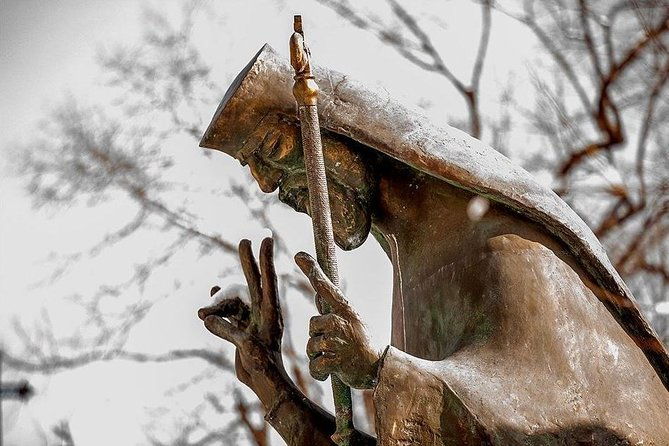
While traversing the streets of Bucharest, visitors are struck by the distinctive architectural relics from the Communist era that dot the cityscape.
Grandiose, imposing structures like the Palace of the Parliament stand as symbols of the regime’s totalitarian ambitions. In contrast, the bleak, monolithic apartment blocks reflect the austere, utilitarian approach to housing.
These buildings, with their uniform design and lack of individuality, embodied the Communist ideals of collectivism and state control.
Today, they serve as tangible reminders of a bygone era, capturing the contrasts and complexities of life under Ceausescu’s rigid rule.
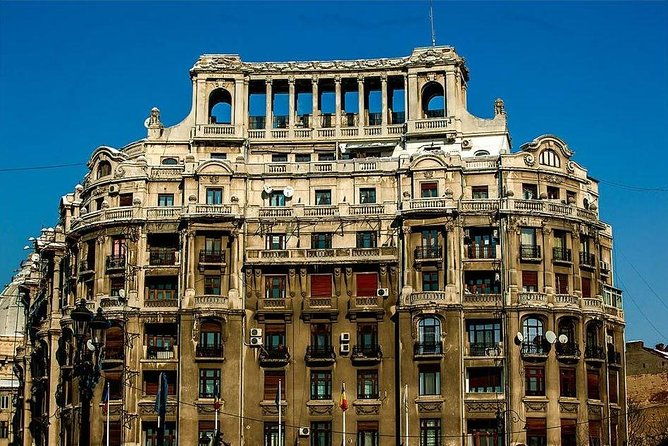
Beneath the imposing facades of Communist-era architecture, the daily lives of ordinary Romanians unfolded with a complex tapestry of resilience, compromise, and occasional defiance.
Securing basic necessities like food, clothing, and household items required resourcefulness and ingenuity, as shortages were common. Citizens navigated the bureaucratic maze of state control, strategizing to obtain permits and access restricted goods.
Yet pockets of private life persisted, with families gathering in homes to share meals, stories, and rare luxuries. Despite the pervasive surveillance, Romanians found ways to express individuality and resist the regime’s totalitarian grip.
- Private Day Trip to Bulgaria and Veliko Tarnovo From Bucharest
- Discover Bucharest: Explore Hidden Old Town Walking Tour
- Contrasts of Communism – Small Group Walking Tour in Bucharest
- Transylvania Castles 4-Day Tour From Bucharest
- A Day by the Black Sea Shared Group Tour From Bucharest
- Private Walking Tour of Communist Bucharest
The 1989 Romanian Revolution
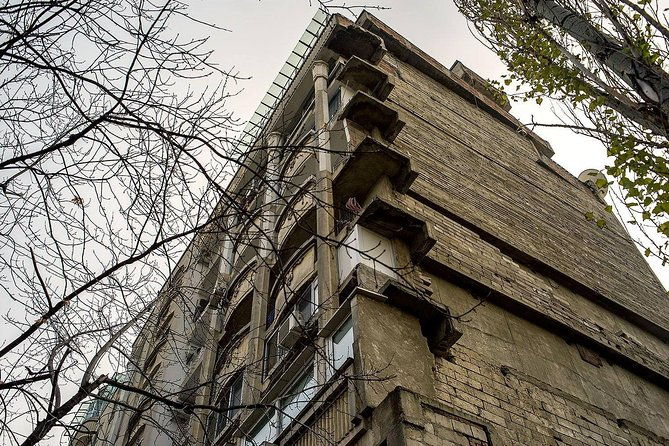
As the harsh realities of Ceausescu’s totalitarian rule became increasingly unbearable, Romanians’ pent-up frustrations finally boiled over in late 1989. A series of mass demonstrations erupted across the country, with protesters demanding democratic reforms and Ceausescu’s ouster. The ensuing violent crackdown by security forces triggered a nationwide uprising that quickly spiraled out of control. Within days, Ceausescu and his wife fled Bucharest, only to be captured, swiftly tried, and executed. The dramatic events marked the end of Romania’s communist regime and ushered in a new era of democracy and uncertainty.
| Cause of 1989 Uprising | Key Events | Impact |
|---|---|---|
| – Decades of Ceausescu’s authoritarian rule – Economic hardship and shortages – Suppression of free speech and dissent |
– Mass protests in Timișoara – Ceausescu’s televised address and violent crackdown – Nationwide uprising and collapse of regime |
– Overthrow of Ceausescu and end of communist rule – Transition to democracy and market economy – Lasting social and political changes |
Personal Narratives From the Past
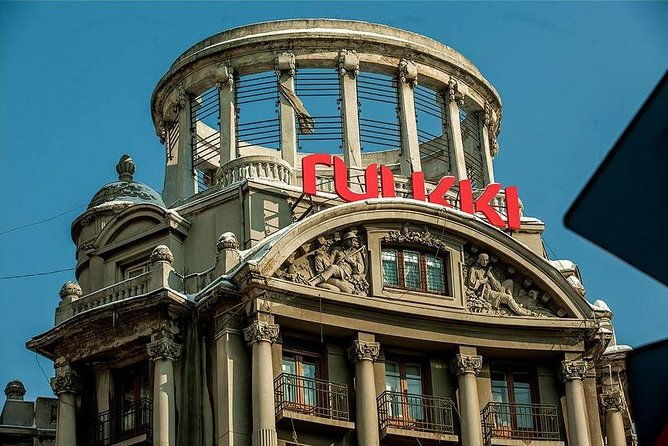
Though the political upheaval of the Romanian Revolution left an indelible mark on the nation, the most poignant stories often emerged from the personal experiences of those who lived through the Communist era.
Tour guides shared intimate narratives, recounting the daily struggles and triumphs of ordinary citizens navigating the complexities of life under Ceausescu’s oppressive regime.
Participants gained a deeper understanding of the human toll, learning how families coped with food shortages, housing crises, and the ever-present fear of state surveillance.
These personal accounts humanized the history, offering a window into the resilience and resourcefulness of the Romanian people.
Reflecting on the Communist Legacy
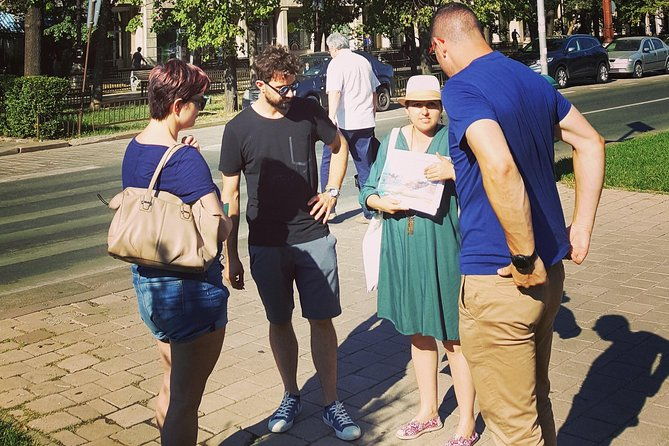
The tour’s exploration of life under Communism in Romania didn’t end with personal narratives alone.
Guides also encouraged participants to reflect on the broader legacy of the regime. Through discussions of the regime’s architectural imprint, the impacts on daily life, and the lasting societal changes, the tour provided a nuanced understanding of Communism’s complex history.
Travelers gained insights into how the events of 1989 and the post-Communist transition continue to shape Romania today.
Frequently Asked Questions
What Happened to Dissidents Who Openly Criticized the Regime?
Dissidents who openly criticized the regime often faced severe consequences. They could be arrested, imprisoned, or even executed in some cases as the Communist government sought to ruthlessly suppress any form of political opposition or dissent.
How Did the Government Monitor and Control the Population?
The government closely monitored the population, employing an extensive network of informants and conducting surveillance to identify and suppress dissent. Dissidents faced harsh consequences like imprisonment, torture, and exile for openly criticizing the regime.
What Were the Living Conditions and Amenities Available to the Public?
The public faced limited access to consumer goods, basic amenities, and personal freedoms under Ceausescu’s regime. Housing was often cramped, with long lines for food and other scarce resources. Surveillance and control were pervasive aspects of daily life.
How Did the 1989 Revolution Unfold From the Perspective of Ordinary Citizens?
The 1989 revolution unfolded dramatically as ordinary citizens took to the streets, risking their lives to overthrow the brutal Ceausescu regime. Protesters faced fierce crackdowns, but their courageous actions ultimately led to the dictator’s downfall and Romania’s transition to democracy.
What Long-Term Impacts Did Communism Have on Romania’s Economy and Society?
Communism left deep scars on Romania’s economy and society. It stifled innovation, created shortages, and eroded civic institutions. Even decades later, the country struggles to overcome the legacy of centralized control and repression.
The Sum Up
The legacy of communism in Romania remains a complex and contested topic. While the regime’s oppression and conformity stifled individual expression, Romanians demonstrated remarkable resilience in navigating daily life under the system’s constraints. The architectural relics and personal narratives continue to shape national identity and debates over the country’s communist past. Ultimately, the lasting impact of this era reflects the nuances of a society that both resisted and adapted to the realities of life under communist rule.
More Cycling Tours in Bucharest
More Tour Reviews in Bucharest
- PREMIUM TOUR SMALL GROUP from Bucharest to Constanta
- Bucharest Ceauescu House Parliament Palace &Village Museum
- From Bucharest: Peles Castle, Bran Castle & Brasov Day Trip
- Bucharest: Salt Mine Day Trip to Slnic
- From Bucharest: Craiova Christmas Market Day Trip
- 3H tour in Bucharest: Top 10 Photo Spots in Bucharest
Still browsing? Here are more Bucharest experiences we've covered recently
- Which Bucharest Workshops & Classes To Choose? We Rank The 3 Best
- Our Picks For The 9 Best Historical Tours In Bucharest
- We Rank The 14 Best Tours In Bucharest
- 14 Best Walking Tours In Bucharest
- You’ll Love These 11 Wine Tours In Bucharest
- Top 13 Tours & Experiences In Bucharest
- Discover 3 Great Shopping & Market Tours In Bucharest
- Discover 3 Great Massage & Relaxation Services In Bucharest
- Bucharest’s 6 Best Private Driver Services: Which To Choose?
- The Top 3 Bucharest Christmas Experiences & Tours
- Our 5 Favorite Bucharest Lunch Experiences
- Discover 5 Great Full-Day Tours In Bucharest
